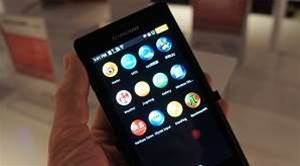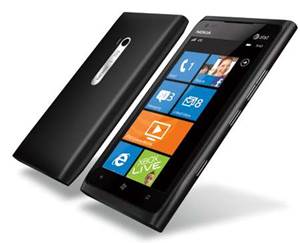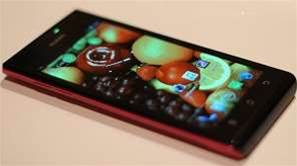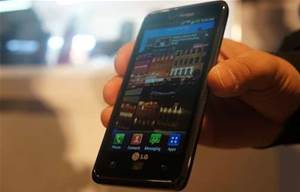The smartphone announcements at CES 2012 have been coming thick and fast. Below, we've highlighted five of the most promising models to date.
Intel Phone (various)

If the chip maker is to be believed, its Android smartphones will be faster, more powerful and more energy efficient than the competition. We can't wait to put their claims to the test when we get out hands on the Lenovo K800. Motorola's debut model should also be worth looking out for.
Nokia Lumia 900

Not so long ago, Nokia was the world's largest handset manufacturer by a comfortable magin. Less than five years later, the company has cut a deal with Microsoft just to survive. But the good news is that Nokia is making some of the best looking Windows Phones on the market, with the Lumia 900 set to raise the bar even higher.
Panasonic Phones (various)
No, this isn't the latest Lumix compact camera from Panasonic. Instead, it's the company's new flagship Android smartphone made in conjunction with ST-Ericsson. The inbuilt sensor has a 13.2MP resolution, but the company claims its platform will be able to support a whopping 20-megapixels. Until very recently, anything above 8MP on a smartphone was unusual. As if that's not enough, the platform also supports 1080p Full HD video recording.
As we discussed earlier this week, smartphone photography is becoming more and more prevalent. Provided they get the 'phone' part right, this could be the dark horse of 2012.
Huawei Ascend P1 S

When it comes to buying a new smartphone, most people want the sleekest, slickest model that money can buy. Unfortunately, most of us are unwilling or unable to pay for it. This is where the Huawei Ascend P1 S comes in: it's a perfect example of how the Android platform is allowing feature-packed smartphones to be sold at reasonable prices.
Measuring just 6.68mm at its thinnest point, it's one of the slimmest smartphones in existence; despite a relatively affordable price tag of $US400. It also comes with a dual-core 1.5GHz processor, an 1800mAh battery, 1GB of RAM and an 8-megapixel camera -- all running on Android 4.0. Not bad for a phone that costs half the price of the Samsung Galaxy S II.
LG Spectrum

How large can traditional smartphones possibly get? If the 4.5in LG Spectrum is anything to go by, the sky's the limit. The Spectrum is a good example of how the Android OS is integrating mobile products under one catch-all umbrella: your smartphone can be your tablet and your tablet can be your smartphone, à la the Samsung Galaxy Note. Or is that already a smartphone? The seamlessness of Android makes it difficult to tell.
In addition to its intriguing form factor, the LG Spectrum sports a 1280 x 720 screen, an 8MP camera and a 1.5Ghz dual-core Qualcomm processor. If you're big-handed (or a fiend for movies on-the-go), the Spectrum could be worth shelling out for.
Stay tuned for more CES coverage...













.jpg&w=100&c=1&s=0)
_(8).jpg&w=100&c=1&s=0)









